“My art, in which I use a wide range of materials, wax, plaster, clay, glass, resin, fiberglass, various types of metal and, occasionally video, is about how I perceive the world today. At one level, my art has an intimate connection with mortality. Whether we realize it or not, we all are drawn to images of death because while death terrifies us, it also somehow ignites our curiosity, and as human beings we are capable of understanding the inevitability of our own death. From prehistoric times, humanity has had a fascination for the afterlife, and we’ve created images and portraits of our ancestors. We feel our beloved ancestors are very much with us though they do not appear to be moving around us as they did in the past,” says artist Saurav Roy Chowdhury.
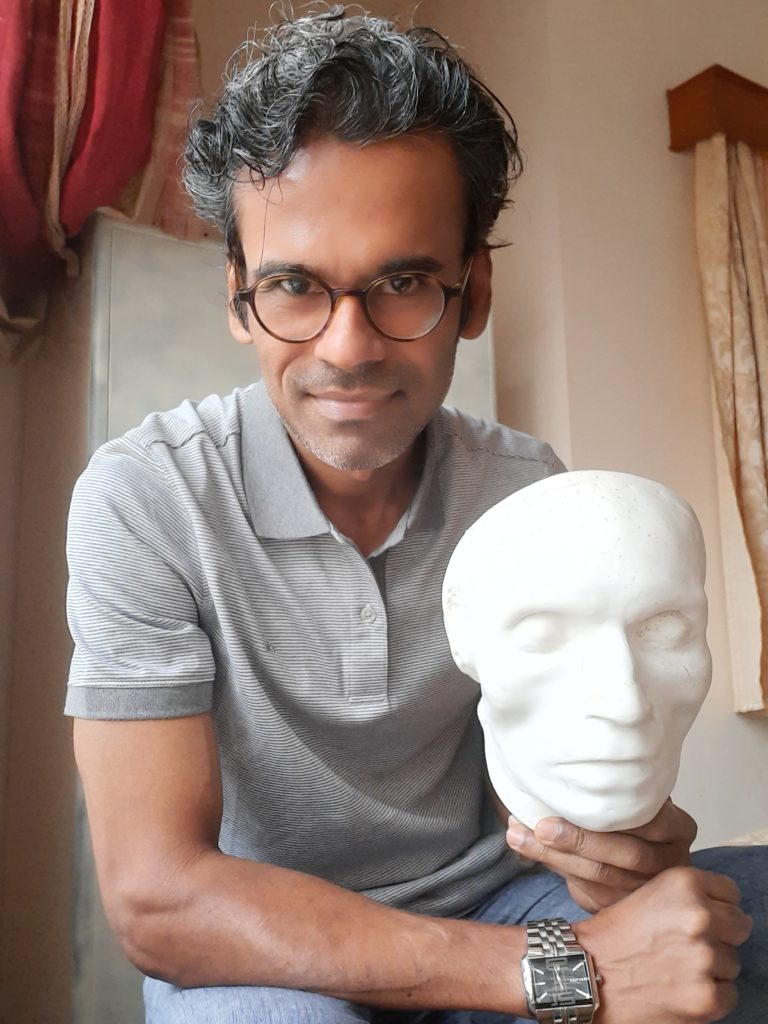
Born in an artist’s family, he started clay modeling at an early age. Throughout his childhood he grew up admiring his father and wanted to follow in his footsteps as a sculptor. “I would spend hours watching my father sculpting on his intimate pieces; he was focused on small scale sculptures. Quite naturally I started sculpting observing him and that became my life’s passion. As a child I was happiest when I was working with my father in the studio so my early training occurred naturally. From the age of 4 I sculpted and drew compulsively anywhere on any subject. Everything I saw I captured in clay modeling. If something caught my eyes and fascinated me, I would totally be absorbed in it. After completing secondary school in 1994, I enrolled myself at Kala Bhavan, the fine arts Academy of Visva Bharati University, India”.
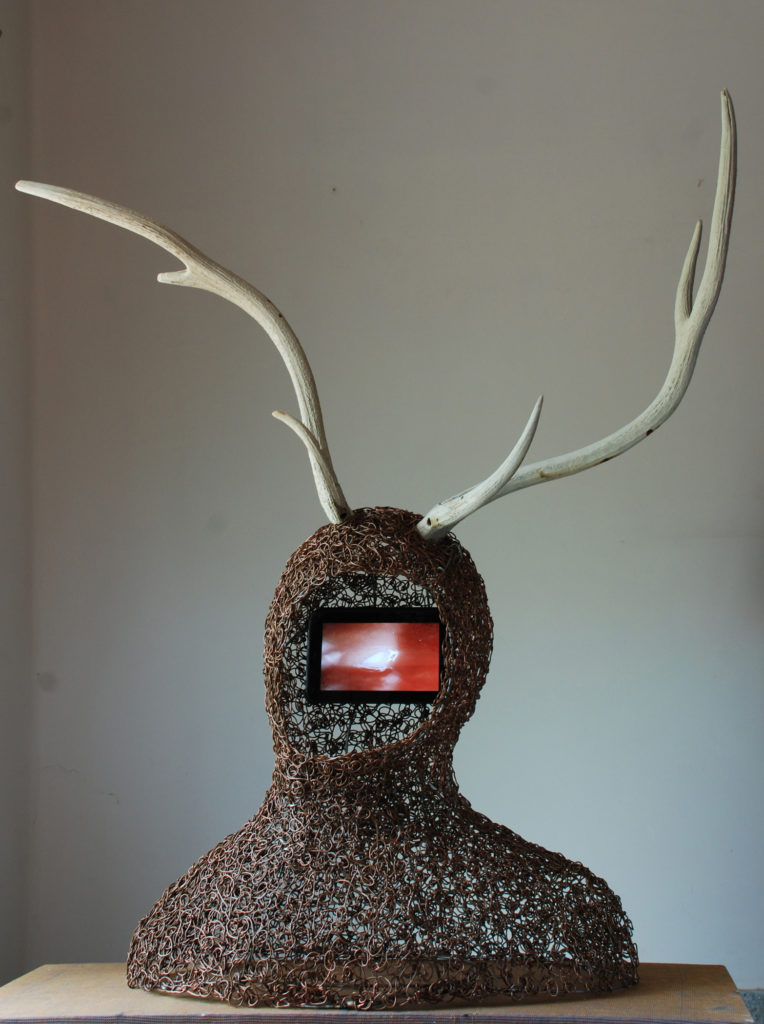
What’s integral to the work of an artist?
The freedom to be creative only comes from refined discipline. Daily studio practice is important for me, ideas occur out of practice and when I have a new idea I think about the technical aspect of it. My drawings are the ideas for works and they develop into sculptures. During the working process ideas evolve. My goal is to create something more vivid than my thoughts so when the work is made, it creates new thoughts. When an artist creates a work of art it always has to please himself first before the viewers.
What role does the artist have in society?
As an artist I always feel art is trans-formative and it gives us the power to express our intellect and emotions. Having an outlet to express ourselves can lead to a more healthy society. Artistic imagination and creativity are integral to human spirit and human aspirations. Artists have the ability to show things not as they are but what they could be. We can understand a society by its art and culture, and we define ourselves through culture.
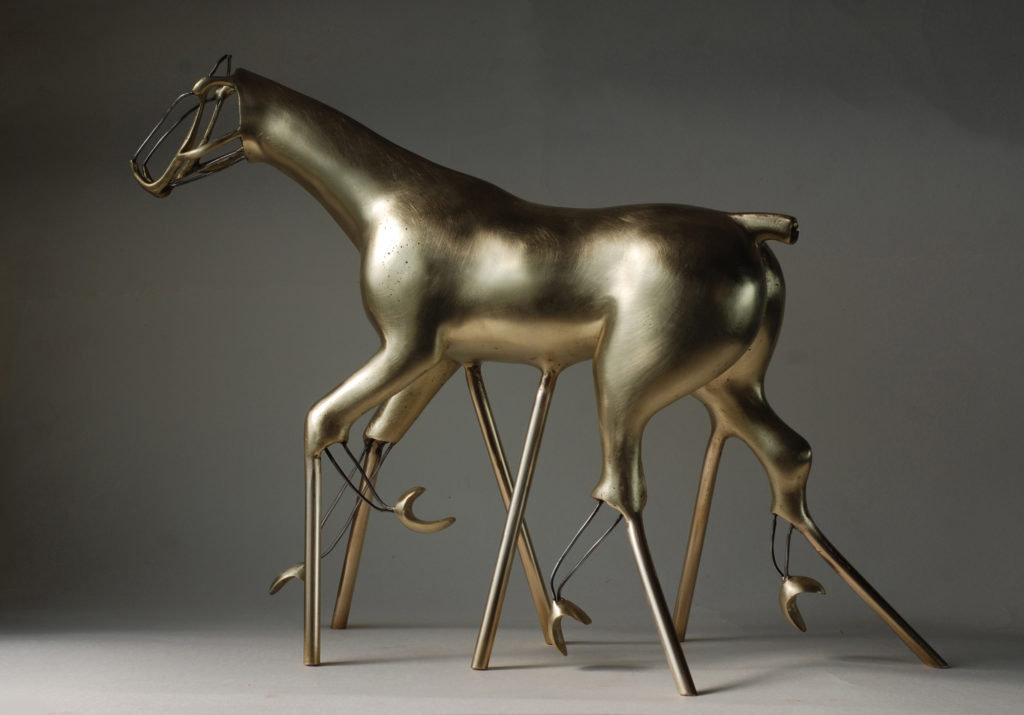
What art do you most identify with?
My works are mostly representational often involving human bodies, faces, horses, dogs, trees, shadows, etc. I incorporate negative and abstract space in my work, which invites the viewers to speculate to create their own interpretations about the work itself. To make these sculptures I often use stainless steel, bronze, fiberglass, etc. In 2011, I developed the technique of knitting copper and stainless steel wires to create new texture and depth in my life sized sculptures. The wire knitting process which I have developed has allowed me to explore the depths of my own creativity as an artist. I find this technique to be highly meditative, like a daily practice, and when the work is completed it feels magical. The final effect of the work is intense as it breaks the monotony of the surface with shine and texture. I envision the entire form, and work gradually towards achieving it by knitting. It is the most intuitive method I have ever explored.
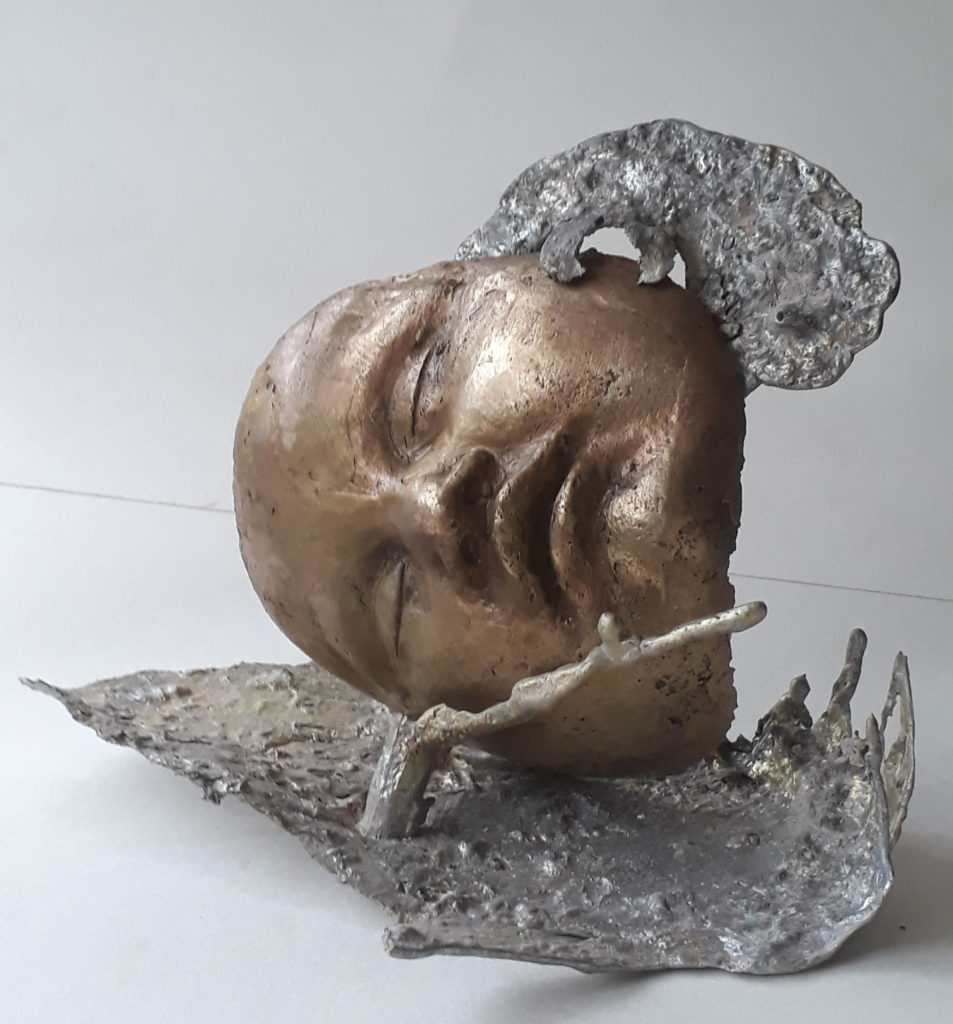
What themes do you pursue?
From Buddhist philosophy to the global environmental crisis or human mortality my inspirations are many and varied. Over the course of my career I continually experimented with the language of the body in space. I explore the notion of the existence of time and space in our human experience. In my sculptural practice I incorporate enigmatic forms and shadows to create both human and animal figures. I mostly use durable materials so that they can be displayed in any space both indoor and outdoor. I enjoy the idea of monumental public art when my works are displayed outdoors and become part of the landscape.
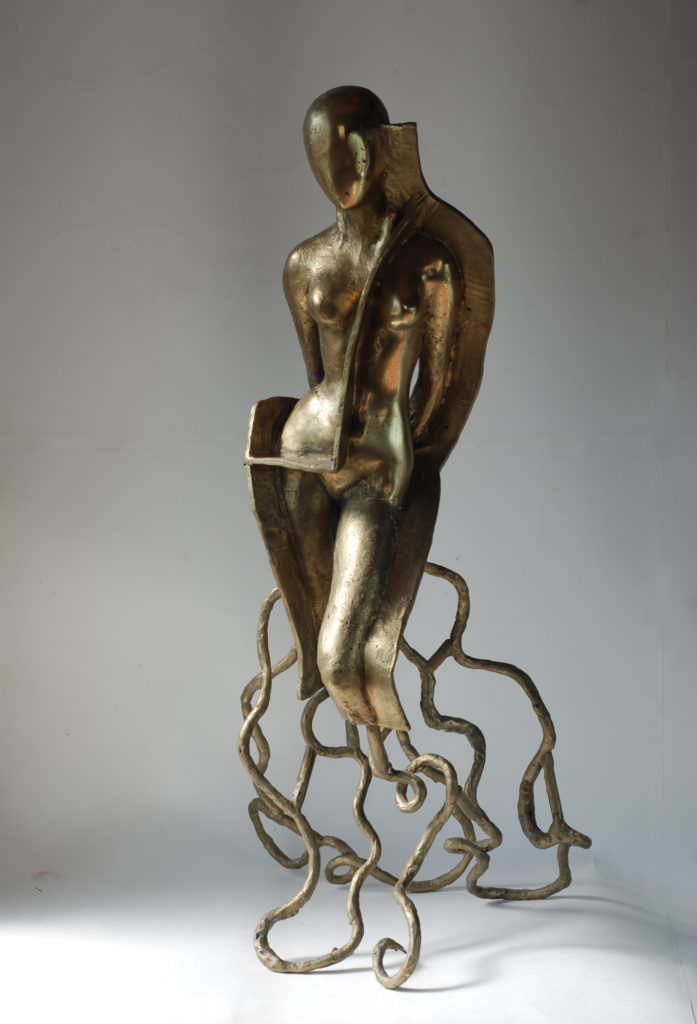
What’s your favourite art work?
While working on each artwork I always develop a special relationship with it. All my sculptures become part of my soul so it’s hard to pick one. I’m emotionally attached to my artworks therefore when they are gone for shows or sold to somebody I’m always keen to know how they are being displayed.
Describe a real-life situation that inspired you?
I grew up in a small town in rural West Bengal. I remember that we would experience power outages quite often in the evenings. We would use candle lights and oil lamps to light up our rooms. During that time I became fascinated by shadowgraphy when I discovered the technique of making various hand gestures by blocking the light of the flames and observing it’s shadows on the wall. I’m interested in shadows when they are misleading and ambiguous. The shadows appear as abstract forms and amalgamate with figuration. As an artist I often contemplate things which don’t have physicality.
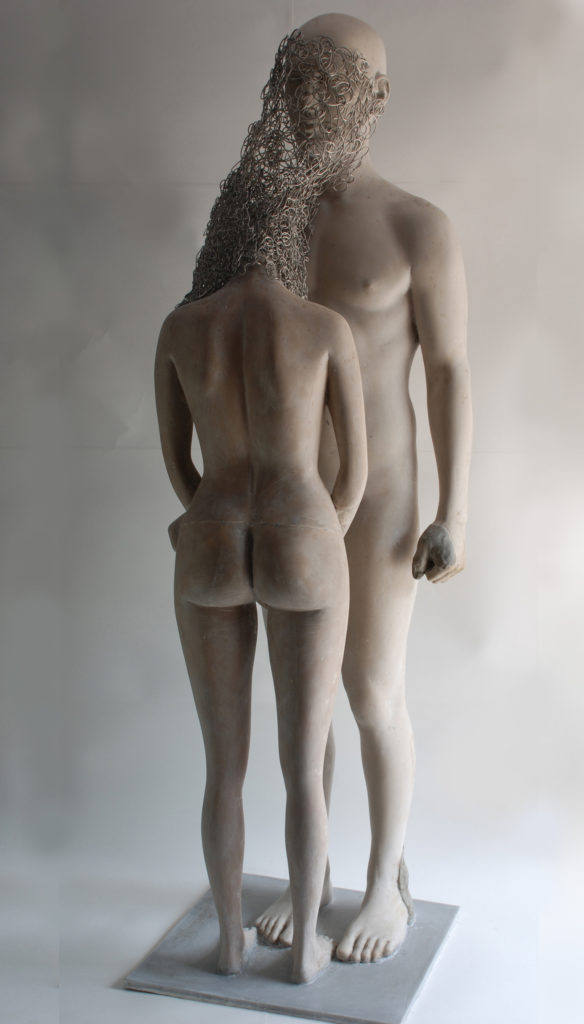
What jobs have you done other than being an artist?
None.
Why art?
Art gives us the freedom and opportunity to discover what is inside us, and express ourselves. As an art practitioner I get thrilled by the prospect of exploring other human disciplines and incorporate them into my art .The power of art fascinates me because it can change the way we think. It challenges problematic views of the world and it can expose aspects which are often hidden.
What is an artistic outlook on life?
The mystery and harmony of life is indescribable which I try to achieve in my art. I want to capture the vastness of our inner world and our conscious flow of thoughts. I’m fascinated by how meditation can allow us to achieve a heightened state of mind and bring our inner world to light. At one level, my art has an intimate connection with mortality.
What memorable responses have you had to your work?
During an ‘artist in residency program’ in Europe I went to an art exhibition opening in another town. Before I was introduced to the artists community some of them walked up to me, already knew my works and admired different pieces by their names. I think that’s the best feeling of an artist when you are known by your creations.
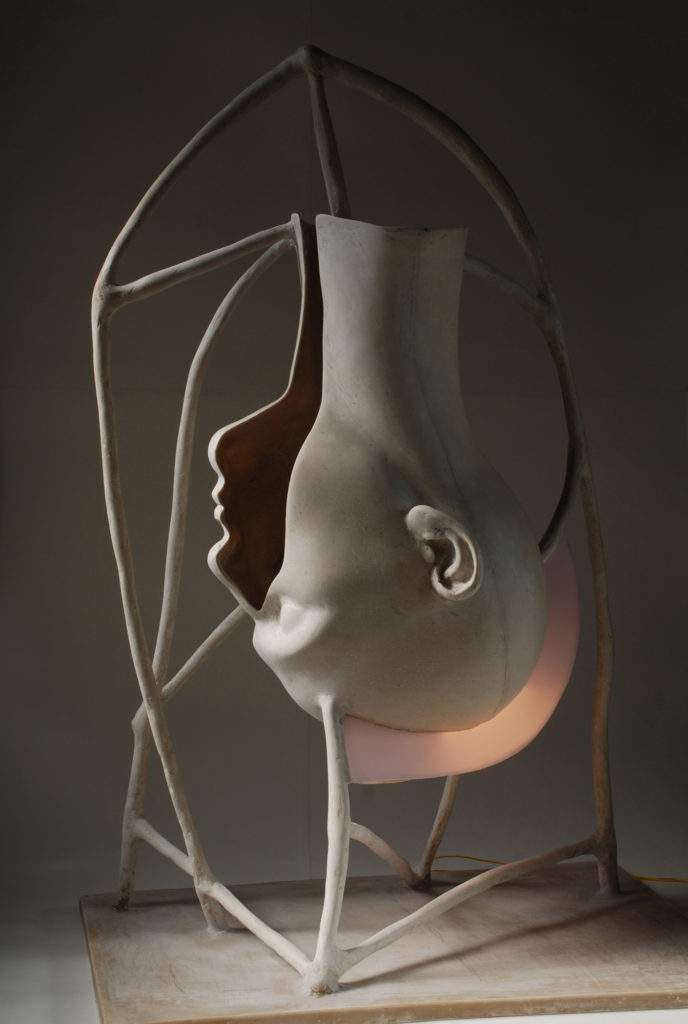
What food, drink, song inspires you?
I’m fond of various kinds of tastes, foods, sounds, smells, etc. I don’t like to stick to one particular type of food or music. I’m keen to discover the essence of other cultures and get inspired.
Is the artistic life lonely? What do you do to counteract it?
Daily studio practice is important for me, ideas occur out of practice and while the creative process is happening I need to be alone for better concentration. I also enjoy collaborative art projects with other artists and art students. My art takes me to different places across the world and gives the opportunity to meet people from various disciplines which balances the isolated life in my studio.
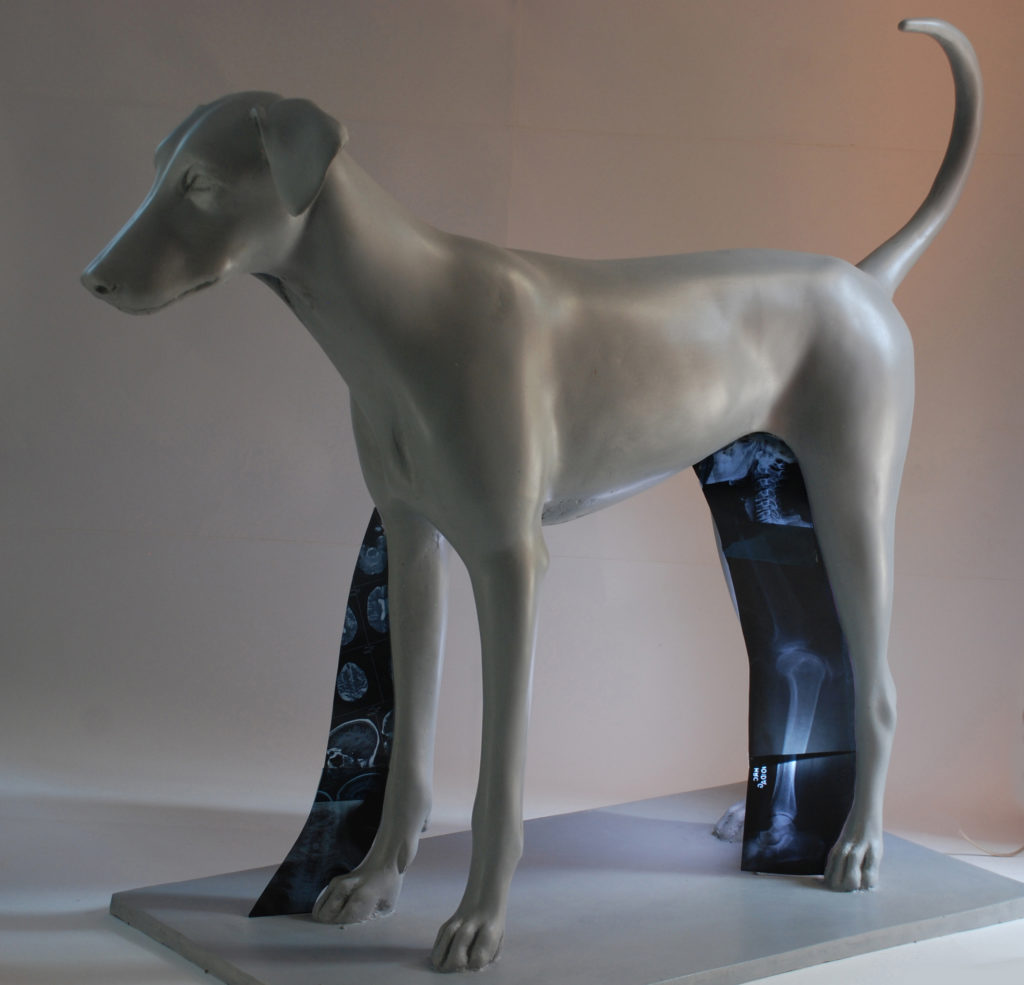
What do you dislike about the art world?
There is very little support for art and culture in this country, though we live in an age where we are more prosperous than we ever have been.
What do you dislike about your work?
There isn’t anything I dislike about my work as I enjoy each moment of the creative process of art making. I always try to make something in the best way I can and after that I never have any regrets.
What do you like about your work?
As an artist I enjoy the freedom and time to think about the things which don’t have physicality, and incorporate them into my work. I think my work involves the viewers automatically without intimidating anyone.
Should art be funded?
Yes art should be funded. The materials I use in some of the works are expensive to procure; that’s the reality of these kinds of works. Paintings or even sculptures in plaster don’t have the same kind of economic demands as the bronze sculptures I make.
What role does art funding have?
If we look at the history of art for example the Italian renaissance, there were patrons who supported artists to produce art. At various points in Indian history there was huge support to create art by the royal courts. The patrons and artists go hand in hand throughout history; we cannot create sustainable art without patronage.
What is your dream project?
I enjoy the idea of monumental public art when the works are displayed outside the conventional indoor spaces like museums and homes where a person can unexpectedly see my sculpture. I wish to do such a monumental sculpture for a city somewhere in India.
Name three artists you’d like to be compared to.
I have great admiration for so many artists and their art from all eras. I always look up to them and can’t dare to compare myself with such masters. As an artist I challenge myself and push my boundaries to become better every day.
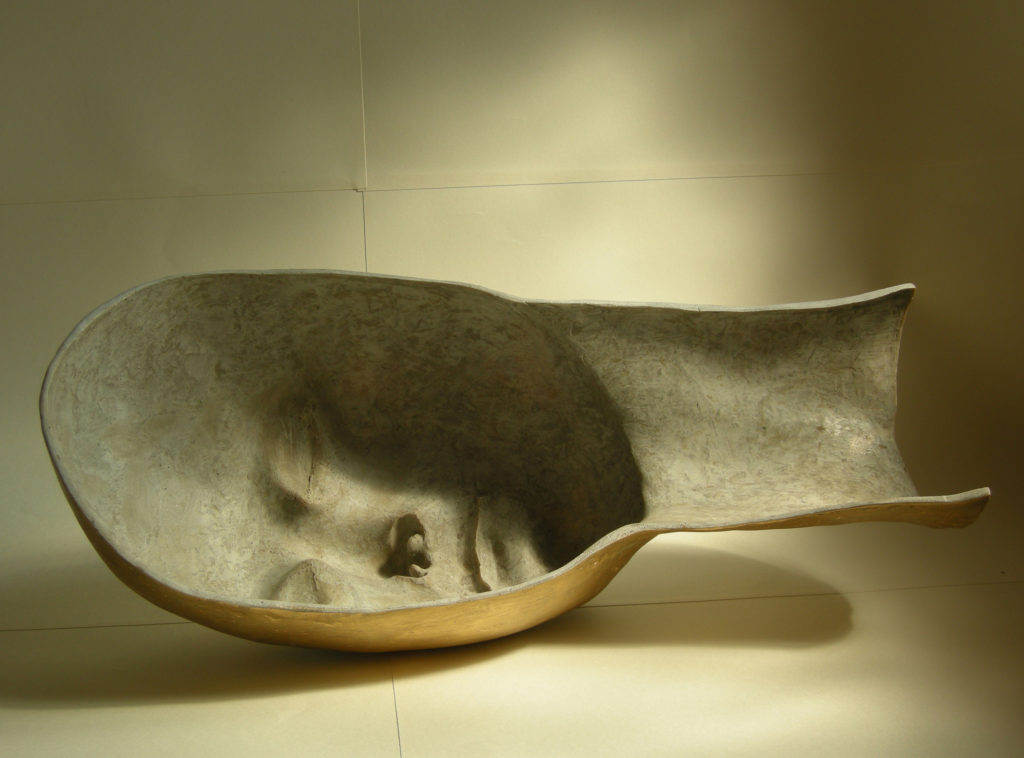
Favourite or most inspirational place?
It’s difficult to name just one place as I have travelled so much across the world. I get inspired by the natural beauty of Kerala and cities like Kolkata and Mumbai. Also I love the energy and charm of European cities such as Paris and the purity of nature in Norway.
What’s the best piece of advice you’ve been given?
To work consistently everyday even on the days when we don’t feel like working. There is no shortcut to achieve success in life.
Professionally, what’s your goal?
I want to have the complete freedom to create and get better at what I do. I want to create a body of monumental sculptures for outdoor displays in unconventional spaces.
Future plans?
I have plans to start a National and International sculpture workshop. I had discussions with some of my sculptor friends who also would like to take part in this workshop. My main intention is to give opportunities to artists by providing them with a foundry facility and proper technical assistance.


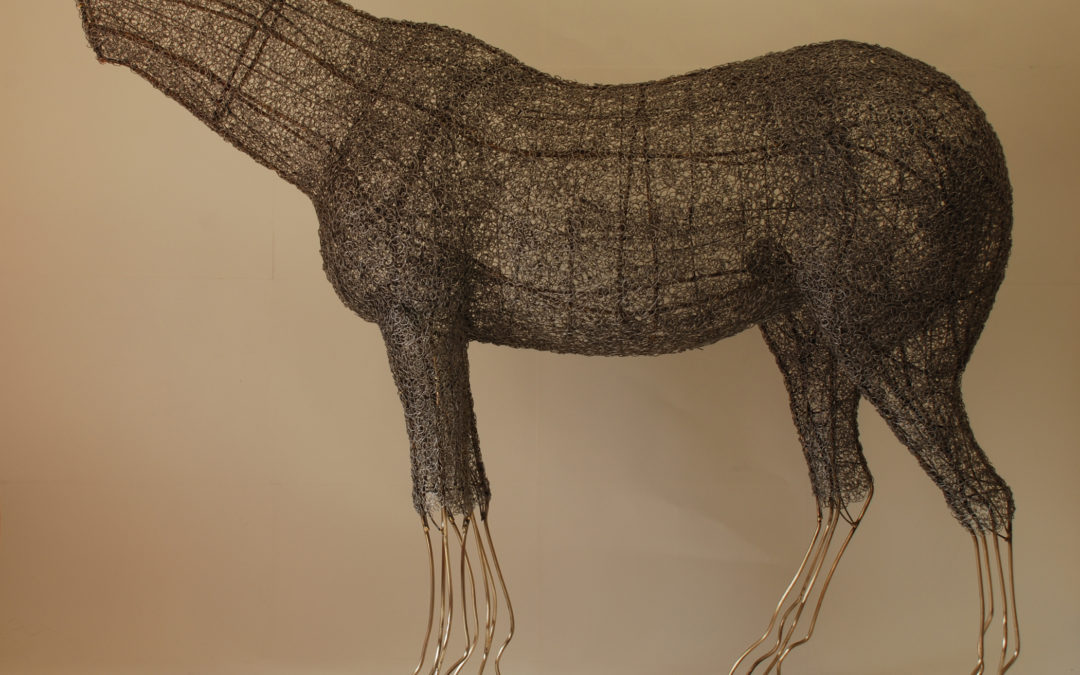

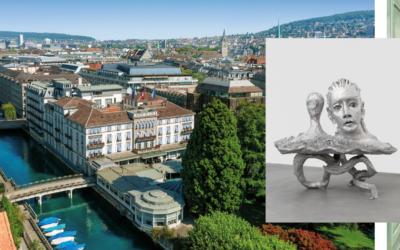
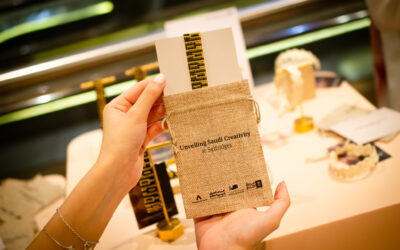
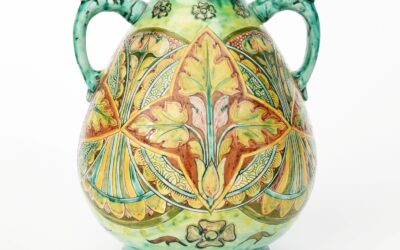


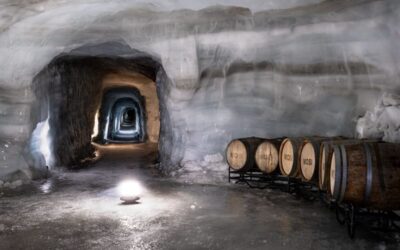
Dear Bua ( Sourav ),
Though I’m from the field of classical music and do not know the grammar of sculpture yet I love your work for its aesthetic form and content.
I wish you more laurels and artistic satisfaction in your future endeavours.